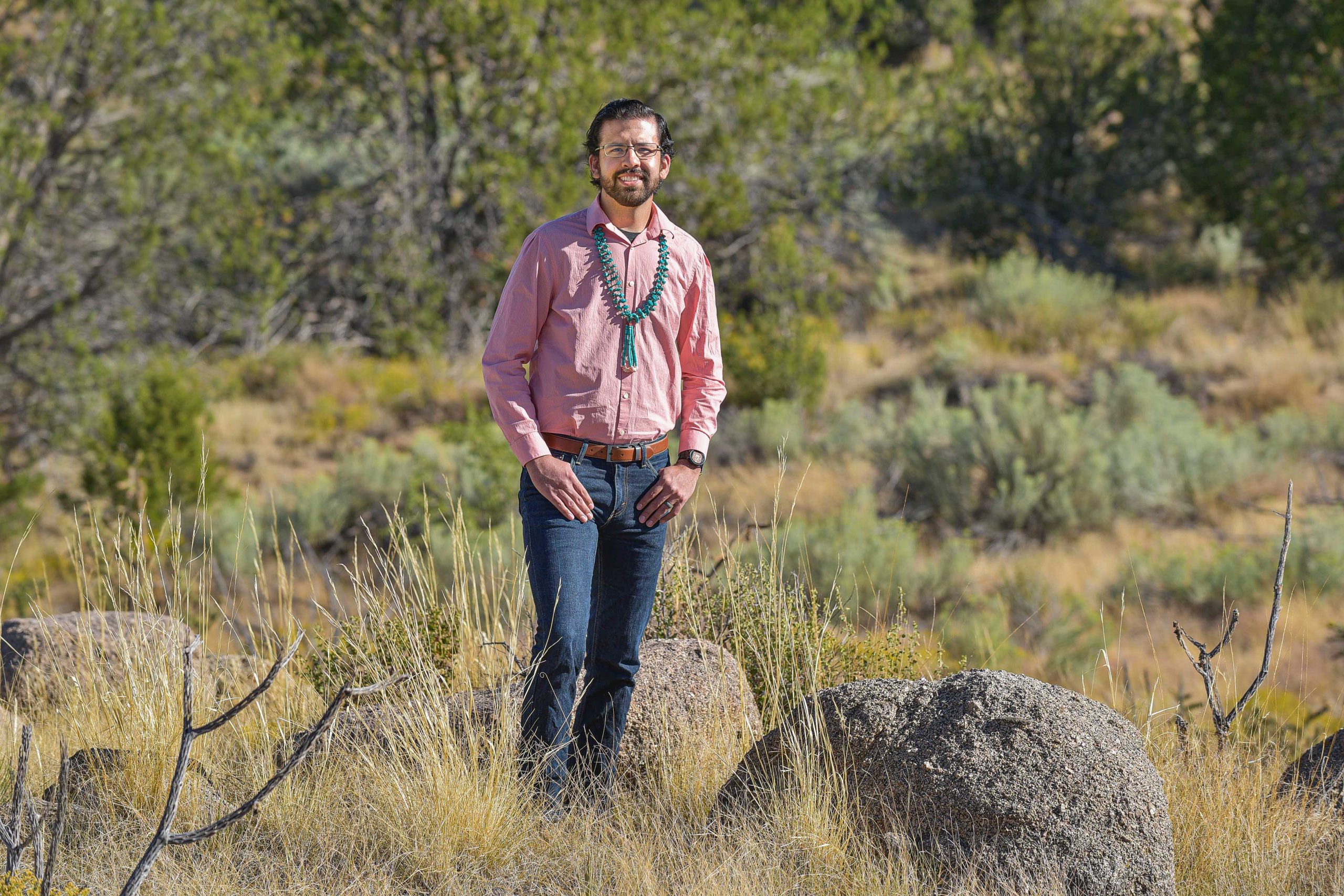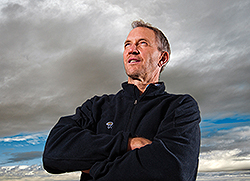November 3, 2021 • ALBUQUERQUE, N.M. — Scientists from Sandia, Los Alamos and Lawrence Berkeley national laboratories have just begun the third phase of a years-long experiment to understand how salt and very salty water behave near hot nuclear waste containers in a salt-bed repository. Salt’s unique physical properties can be used to provide...
Categories: Energy / Environment / Water







